Álvarez-Castañeda S.T.; Castro-Arellano I.; Lacher, T.; Vázquez, E. (2008). Spermophilus annulatus. In: IUCN 2008. IUCN Red List of Threatened Species. Retrieved on January 31, 2014.
- Available at: http://www.iucnredlist.org/details/20479/0
Audubon J.J.; Bachman J. (1842). "Spermophilus annulatus." Journal of the Academy of Natural Sciences of Philadelphia 8:319.
Audubon J.J.; Bachman J. (1851). The Quadrupeds of North America. Vol. II. New York: V.G. Audubon, MDCCCLI. Retrieved on January 31, 2014.
- Available via Biodiversity Heritage Library at: https://www.biodiversitylibrary.org/page/34896487
- Available via Internet Archive at: https://archive.org/details/quadrupedsofnort02audu
Bachman, Catherine L. John Bachman, The Pastor of St. John's Lutheran Church, Charleston. Charleston, SC: Walker, Evans & Cogswell,1888.
- Available via Biodiversity Heritage Library at: http://biodiversitylibrary.org/page/23769090
Bisby F.A.; Roskov Y.R.; Orrell T.M.; Nicolson D.; Paglinawan L.E.; Bailly N.; Kirk P.M.; Bourgoin T.; Baillargeon G.; Ouvrard D. (red.) (2011). Species 2000 & ITIS Catalogue of Life: 2011 Annual Checklist. Species 2000: Reading, UK. Retrieved on January 31, 2014.
- Available at: http://www.catalogueoflife.org/annual-checklist/2011/search/all/key/spermophilus+annulatus/match/1
de Grammont P.C.; Cuarón, A. (2008). "Spermophilus adocetus." In: IUCN 2008. IUCN Red List of Threatened Species. Version 3.1. Retrieved on January 31, 2014.
- Available at: http://www.iucnredlist.org/details/20477/0
Helgen K.M.; Cole F.R.; Helgen L.E.; and Wilson D.E (2009). "Generic Revision in the Holarctic Ground Squirrel Genus Spermophilus." Journal of Mammalogy 90(2):270–305
Herron M.D.; Castoe T.A.; Parkinson C.L. (2004). "Sciurid Phylogeny and the Paraphyly of Holarctic Ground Squirrels (Spermophilus)." Molecular Phylogenetics and Evolution 31(3):1015-1030.
Howell, Arthur H. Revision of the North American Ground Squirrels with a Classification of the North American Sciuridae. North American Fauna No. 56. Washington DC: U.S.D.A. Bureau of Biological Survey, April 1938.
- Available via Biodiversity Heritage Library at: http://biodiversitylibrary.org/page/25806412
Merriam C.H. (1903). Proceedings of the Biological Society of Washington 16:79.
Mott S. "Spermophilus annulatus: ring-tailed ground squirrel (On-line)." Animal Diversity Web. University of Michigan Museum of Zoology. Retrieved on January 31, 2014.
- Available at: http://animaldiversity.ummz.umich.edu/accounts/Spermophilus_annulatus/
Murie J.; Michener G. (1984). The Biology of Ground-Dwelling Squirrels. University of Nebraska Press.
"Notocitellus adocetus: Tropical Ground Squirrel." Smithsonian National Museum of Natural History: North American Mammals. Retrieved on January 31, 2014.
- Available at: http://www.mnh.si.edu/mna/image_info.cfm?species_id=732
"Notocitellus adocetus adocetus (Merriam, 1903)." ITIS Report. Integrated Taxonomic Information System. Retrieved on January 31, 2014.
- Available at: http://www.itis.gov/servlet/SingleRpt/SingleRpt?search_topic=TSN&search_value=931031
"Notocitellus annulatus: Ring-tailed Ground Squirrel." Smithsonian National Museum of Natural History: North American Mammals. Retrieved on January 31, 2014.
- Available at: http://www.mnh.si.edu/mna/image_info.cfm?species_id=733
"Notocitellus annulatus annulatus (Audubon and Bachman, 1842)." ITIS Report. Integrated Taxonomic Information System. Retrieved on January 31, 2014.
- Available at: http://www.itis.gov/servlet/SingleRpt/SingleRpt?search_topic=TSN&search_value=931033
Nowak, R. (Ronald). (1991). Walker's Mammals of the World. Johns Hopkins University Press.
Thorington R.W. Jr.; Hoffman R.S. (2005). "Family Sciuridae." In: Wilson D.E.; Reeder D.M. (Eds.). Mammal Species of the World: A Taxonomic and Geographic Reference, third edition. Johns Hopkins University Press.
Thorington T.W. Jr.; Koprowski J.L.; Steele M.A.; Whatton J.F. (2012). Squirrels of the World. Johns Hopkins University Press.
Wilson D.; Ruff S. (1999). The Smithsonian Book of North American Mammals. Smithsonian Institution Press.



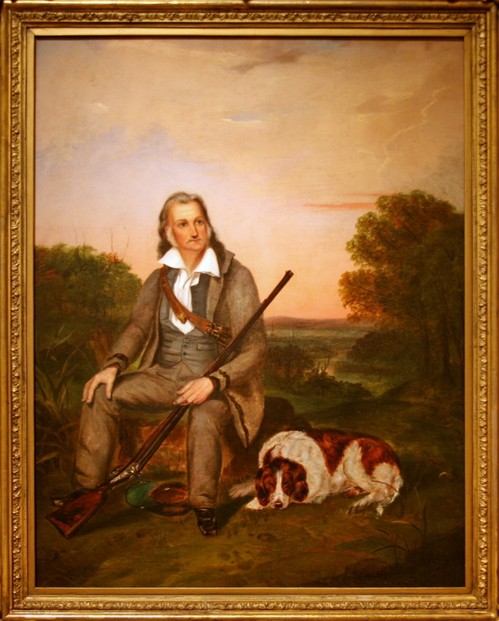
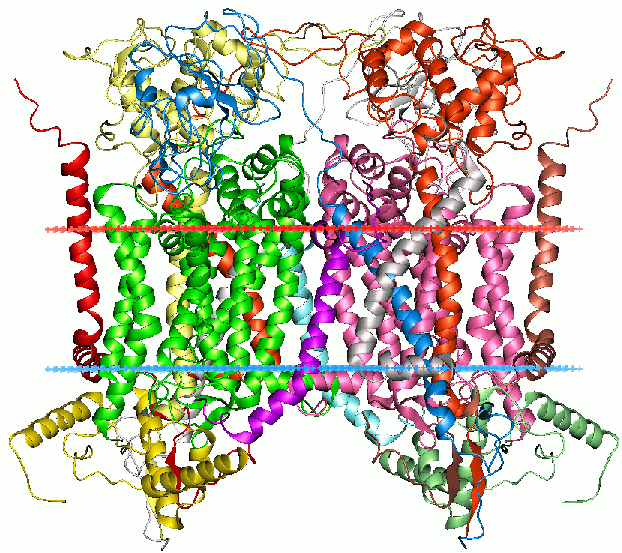
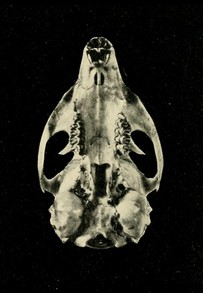
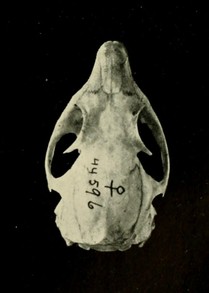
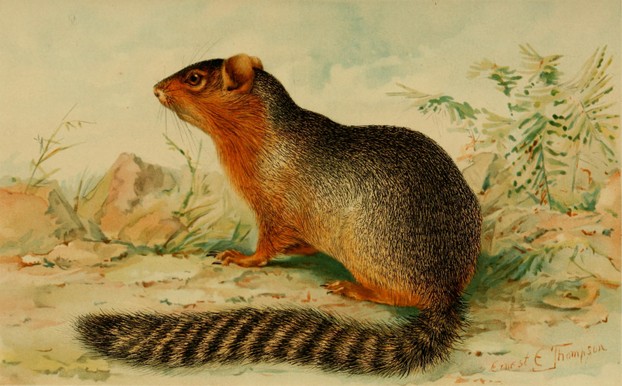
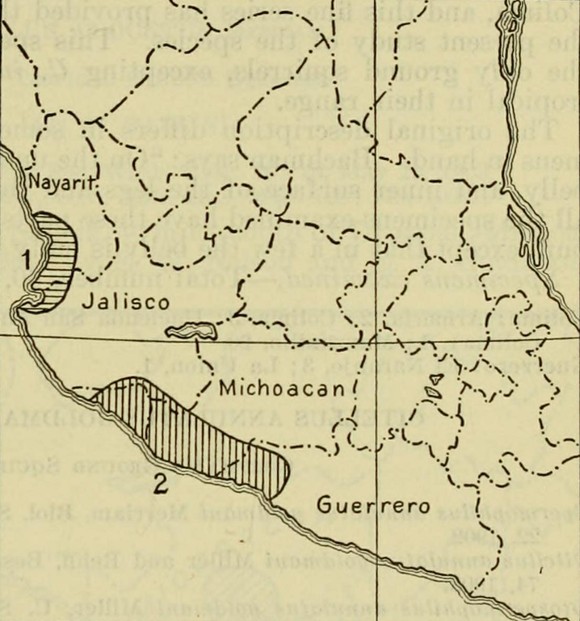
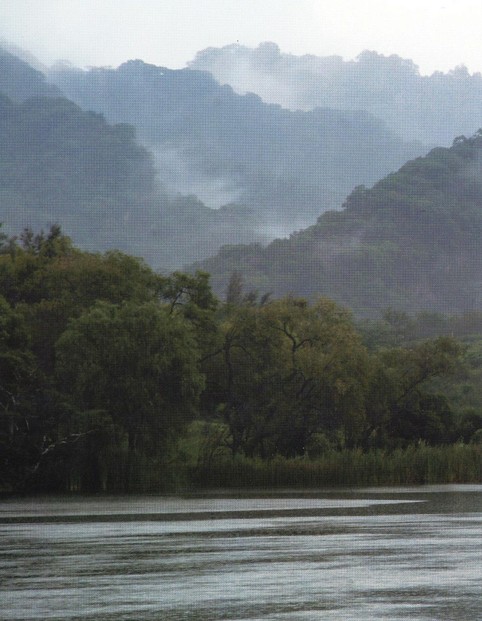
![Plate LXXIX, No. 16, opposite page 212, J.J. Audubon, The Quadrupeds of North America, vol. II (MDCCCLI [1851]) Plate LXXIX, No. 16, opposite page 212, J.J. Audubon, The Quadrupeds of North America, vol. II (MDCCCLI [1851])](/static/uploads/en/module/image/2014/01/21/2014-01-21_18-21-54_404.622x621.jpg)
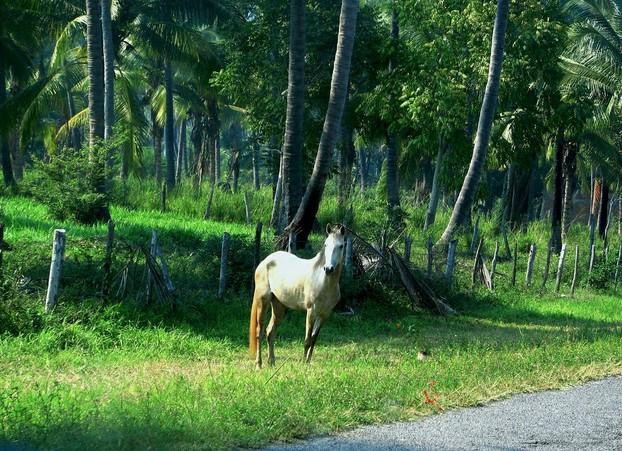
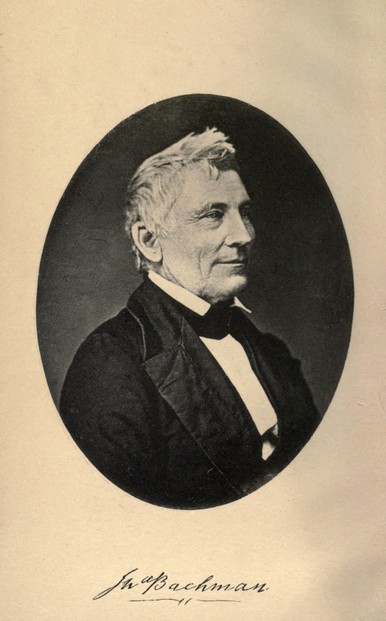



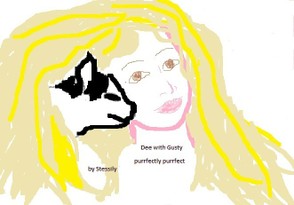
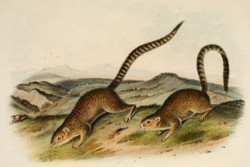

 Are Hawaiian Huakai Po Nightmarchers Avenging Halloween Thursday?on 10/02/2024
Are Hawaiian Huakai Po Nightmarchers Avenging Halloween Thursday?on 10/02/2024
 Mailing Addresses for 2023 Form 4868 Extending 1040 and 1040SR April 15, 2024, Due Dateon 04/15/2024
Mailing Addresses for 2023 Form 4868 Extending 1040 and 1040SR April 15, 2024, Due Dateon 04/15/2024
 Mailing Addresses for 2023 Forms 1040 and 1040SR Filed in 2024on 04/15/2024
Mailing Addresses for 2023 Forms 1040 and 1040SR Filed in 2024on 04/15/2024
 Mailing Addresses for 2022 Form 4868 Extending 1040 and 1040SR April 18, 2023, Due Dateon 04/13/2023
Mailing Addresses for 2022 Form 4868 Extending 1040 and 1040SR April 18, 2023, Due Dateon 04/13/2023

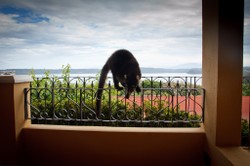
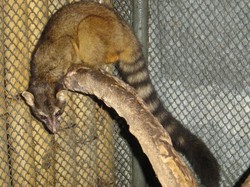
Comments
Kathleen Duffy, Squirrels are fun to watch. It's wonderful that the grey squirrels are living a "great life" in your area. They can't help digging up bulbs, though, and I love coming across their hidden nut treasures when I re-landscape the garden and yard.
Your interactions with squirrels, now and back then, are charming. It always feels like a special accomplishment, a winsome level of rapport, for wildlife to eat out of our hands. It such a statement of trust.
What a fascinating article! I love watching the squirrels in the communal garden where I live. Even though they dig up the bulbs when planting their nuts. They are grey squirrels. They have a great life as our garden is an oasis of calm in the busy city. They overtook the red squirrels which, I believe, are now mainly found in the north. When I lived in Canada we used to have our breakfast by the window and the red urban squirrels would feed out of our hands. thank you for such a detailed article.